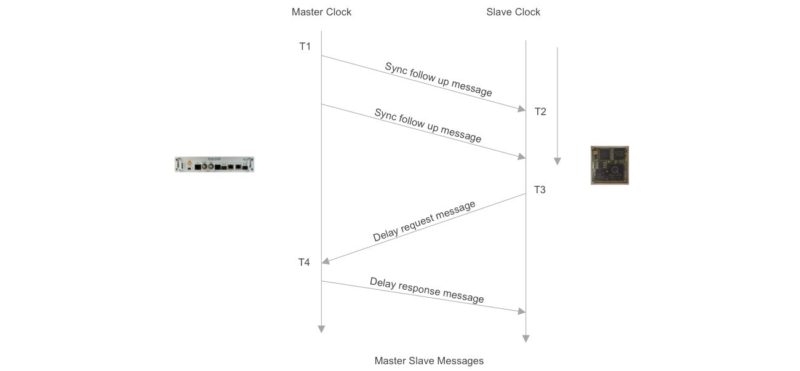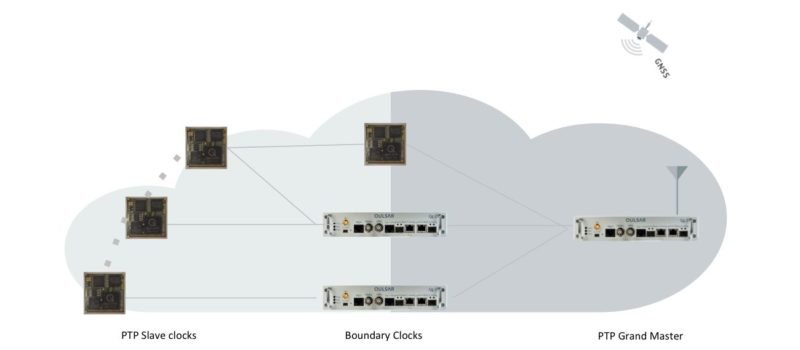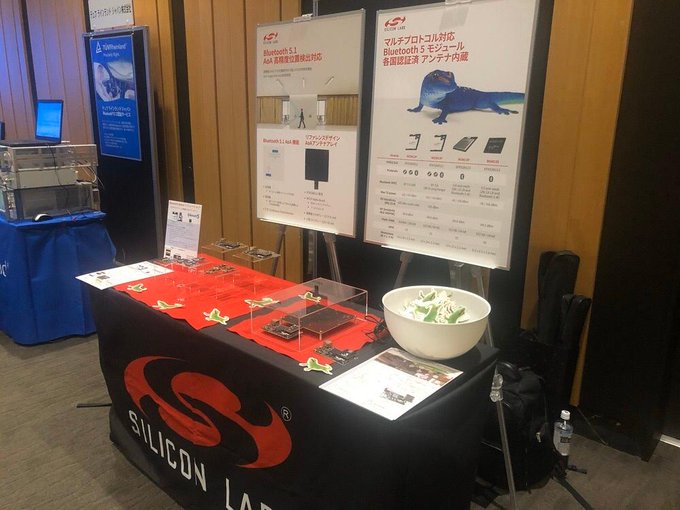Silicon Labs acquired on Monday all IEEE 1588 precision time protocol (PTP) software and module assets from Qulsar, provider of PTP grandmasters, gateways and other system-level synchronization-based solutions.
The asset purchase includes all Qulsar modules (PTP master, gateway, boundary clocks and slave clocks) as well as IEEE 1588 servo and stack software, development tools and board support packages (BSPs) for a range of applications spanning small cells, optical transport, smart grid, automotive and 5G wireless infrastructure.

IEEE 1588 provides precise network synchronization for 5G infrastructure by distributing time-of-day across packet-based networks. Adoption of 1588 solutions helps eliminate cost, reliability and line-of-sight issues related to GPS time synchronization and enables new 5G services that provide higher bandwidth connectivity while minimizing interference between cell sites.
IEEE 1588 outlines a standard protocol for synchronizing clocks connected via a network, such as Ethernet. Released as a standard in 2002, IEEE 1588 was designed to provide fault tolerant synchronization among heterogeneous networked clocks requiring little network bandwidth overhead, processing power, and administrative setup.

IEEE 1588 provides this by defining a protocol known as the precision time protocol, or PTP. The standard has undergone major improvements and has been used to cater to a multitude of applications by adding special features for such applications to evolve the basic IEEE 1588 into multiple ‘profiles’.
The PTP protocol provides a fault tolerant method of synchronizing all participating clocks of varying capabilities to use the highest quality clock in the network. IEEE 1588 defines a standard set of clock characteristics. By running a distributed algorithm, called the best master clock algorithm (BMC), each clock in the network identifies the highest quality clock; and the self-adjusting network can run in the most optimal mode, using the best source of clock.

The “highest ranking” clock, called the ‘grandmaster’ clock, and synchronizes all other ‘slave’ clocks. When or if the grandmaster clock is removed from the network, or if its characteristics change in a way such that it is no longer the ‘best’ clock, the BMC algorithm provides a way for the participating other slave clocks to automatically determine the current ‘best’ clock, which then becomes the new Grandmaster. This way, IEEE 1588 creates a simple self-adjusting network of clocks that always stays optimally synchronized.
IEEE 1588 assumes that the network propagation delay is symmetrical or unknowable. That is, the delay of a packet sent from the master to the slave is assumed to be the same as the delay of a packet sent from the slave to the master. In this way, the slave can discover, and compensate for the propagation delay. It accomplishes this by issuing a ‘delay request’ packet which is time stamped on departure from the slave.
The ‘delay request’ message is received and time stamped by the master clock, and the arrival timestamp is sent back to the slave clock in a ‘delay response’ packet. The difference in these two timestamps is the network propagation delay.
By sending and receiving these synchronization packets, the slave clocks can accurately measure the offset between their local clock and the master’s clock.
The slaves can then adjust their clocks by this offset to match the time of the master. This is where individual “servo algorithms” can show their differentiating value, since the IEEE 1588 specification does not include any standard implementation for adjusting a clock; it limits itself to providing a standard protocol for exchanging these messages, allowing devices from different manufacturers, and with different implementations to interoperate.
The addition of Qulsar software to this portfolio enables Silicon Labs to address cost-sensitive, software-only PTP applications with standards-compliant solutions. Qulsar modules make it easy to add IEEE 1588 to designs by integrating PTP software and hardware in turnkey timing solutions.

“Silicon Labs and Qulsar share a common vision of developing simplified solutions that ease the adoption of IEEE 1588 in a wide range of infrastructure applications,” said James Wilson, general manager of Timing Products at Silicon Labs. “The addition of Qulsar’s software and modules to our 1588 network synchronizer portfolio uniquely positions us to address this fast-growing market opportunity with turnkey, carrier-grade solutions that simplify 1588 integration and accelerate time to market.”
“The combination of Qulsar’s 1588 hardware-software solutions and Silicon Labs’ physical layer timing products will enable Silicon Labs to accelerate product innovation and deliver highly integrated, easy-to-use precision timing solutions for a broad range of applications,” said Rajen Datta, president and CEO of Qulsar. “Qulsar remains committed to the IEEE 1588 and precise time synchronization market. We look forward to partnering with Silicon Labs as we pivot our business model to focus on advanced system-level time synchronization and real-time sensor fusion solutions for emerging mobile infrastructure, automotive and IoT markets.”




